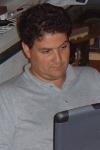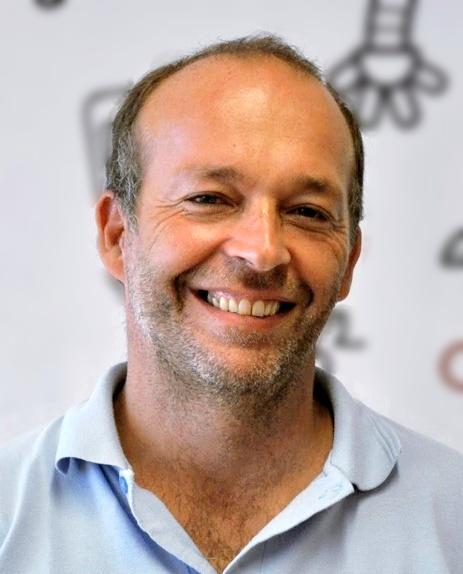| Acronym | ASIMOV |
|---|---|
| Name | Advanced System Integration for Managing the Coordinated Operation of Robotic Ocean Vehicles |
| Funding Reference | EU-FP4-MAST III Program Contract No: MAS3-CT97-0092 (Commission of the European Communities), Programme MAST-III (Marine Science and Technology) of the EC, 1998-2000 |
| Dates | 01-1998|01-2001 |
| Summary | Three major stumbling blocks have so far prevented demonstrating the potential applications of Autonomous Underwater Vehicle (AUVs) to demanding industrial and scientific missions. Namely, i) the lack of reliable navigation systems, ii) the impossibility of transmitting data at high rates between the AUV and a support ship at slant range, and iii) the unavailability of advanced mission control systems that can endow end-users with the ability to plan, program, and run scientific / industrial missions at sea, while having access to ocean data in almost real-time so as to re-direct the AUV mission if required. As a contribution toward solving some of the abovementioned problems, this project puts forward the key concept of an Autonomous Surface Vehicle (ASV) that will operate in close cooperation with an AUV, as a mobile relay for fast communications. In the scenarios considered, the ASV will be equipped with a differential GPS receiver, an ultra short baseline unit (USBL), a radio link, and a high data rate communication link with the AUV that will be optimized for the vertical channel. Thus, by properly maneuvering the ASV to always remain in the vicinity of a vertical line with the AUV, a fast communication link can be established to transmit navigational data from the DGPS and USBL to the AUV, and ocean data from the AUV to the ASV, and subsequently to an end-user located on board a support ship or on shore. Fast and reliable communications, as well as precise navigation, will thus be achieved by resorting to well established technologies. |
| Research Groups |
Dynamical Systems and Ocean Robotics Lab (DSOR) Signal and Image Processing Group (SIPG) |
| Project Partners | ORCA Instrumentation (FR), GESMA - Laboratory of the French Navy (FR), ENSIETA - School of the French Navy (FR), System Technologies (UK), University of the Azores (PT) |
| ISR/IST Responsible | |
| People |
[1] João Pedro Gomes, Victor Barroso, Gerard Ayela, Pascal Coince, "An Overview of the ASIMOV Acoustic Communication System", IEEE Conference on Oceanic Engineering, OCEANS 2000, Providence, USA, 2000
[2] João Pedro Gomes, Victor Barroso, "Acoustic Channel Equalization Results for the ASIMOV High-Speed Coherent Data Link", IEEE Conference on Oceanic Engineering, OCEANS 2000, Providence, USA, 2000
[3] João Pedro Gomes, Victor Barroso, "Asymmetric Underwater Acoustic Communication Using a Time-Reversal Mirror", IEEE Conference on Oceanic Engineering, OCEANS 2000, Providence, USA, 2000
[4] João Pedro Gomes, Victor Barroso, "Ray-Based Analysis of a Time Reversal Mirror for Underwater Acoustic Communications", IEEE International Conference on Acoustics, Speech and Signal Processing, ICASSP'2000, Istanbul, Turkey, 2000
[5] João Pedro Gomes, Victor Barroso, "The Performance of Sparse Time-Reversal Mirrors in the Context of Underwater Communications", IEEE workshop on Statistical Signal and Array Processing, SSAP 2000, Pocono Maner, USA, 2000
[6] João Pedro Gomes, Victor Barroso, "Using Phase Conjugation for Underwater Acoustic Communication: Design Guidelines", 10th European Signal Processing Conference, EUSIPCO-2000, Tampere, Finland, 2000






